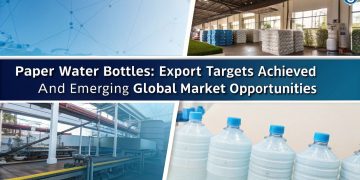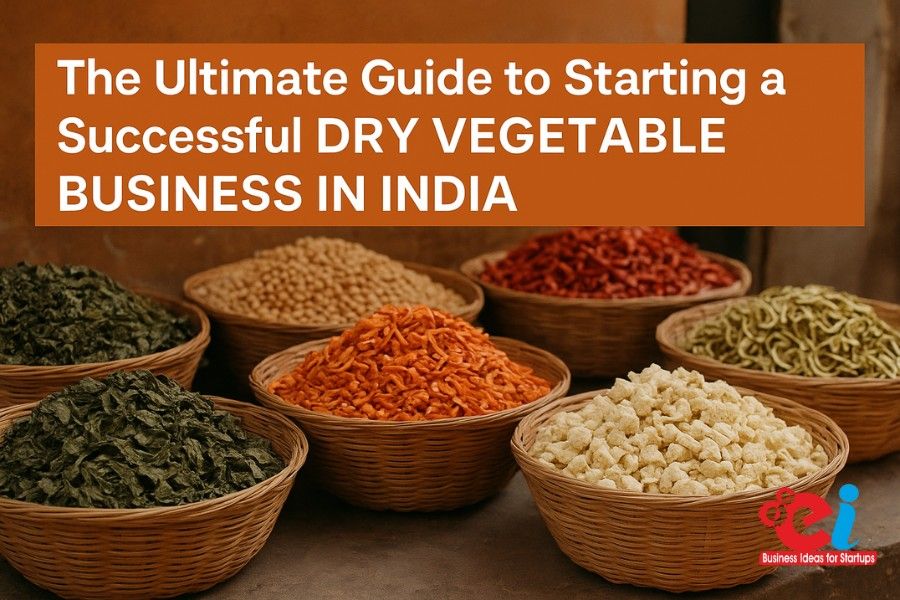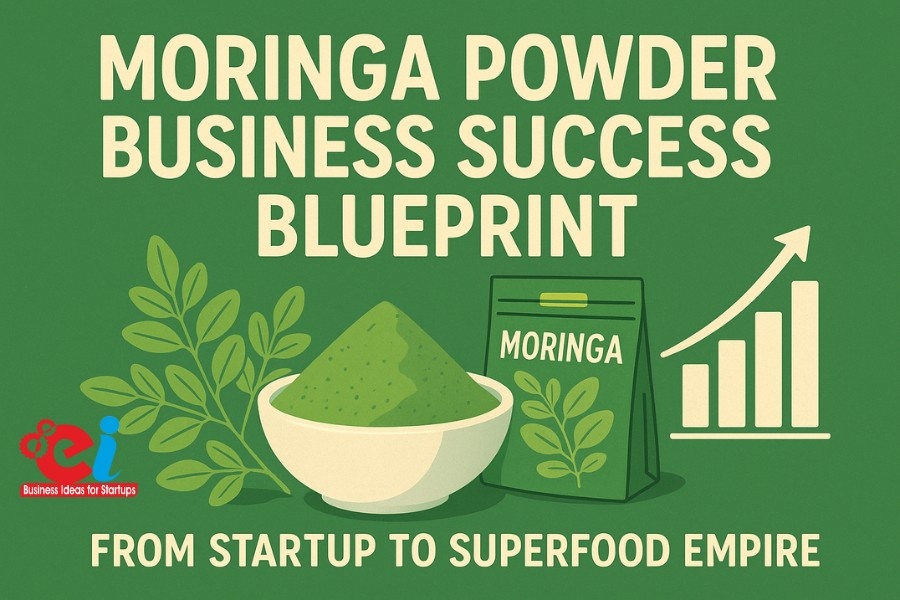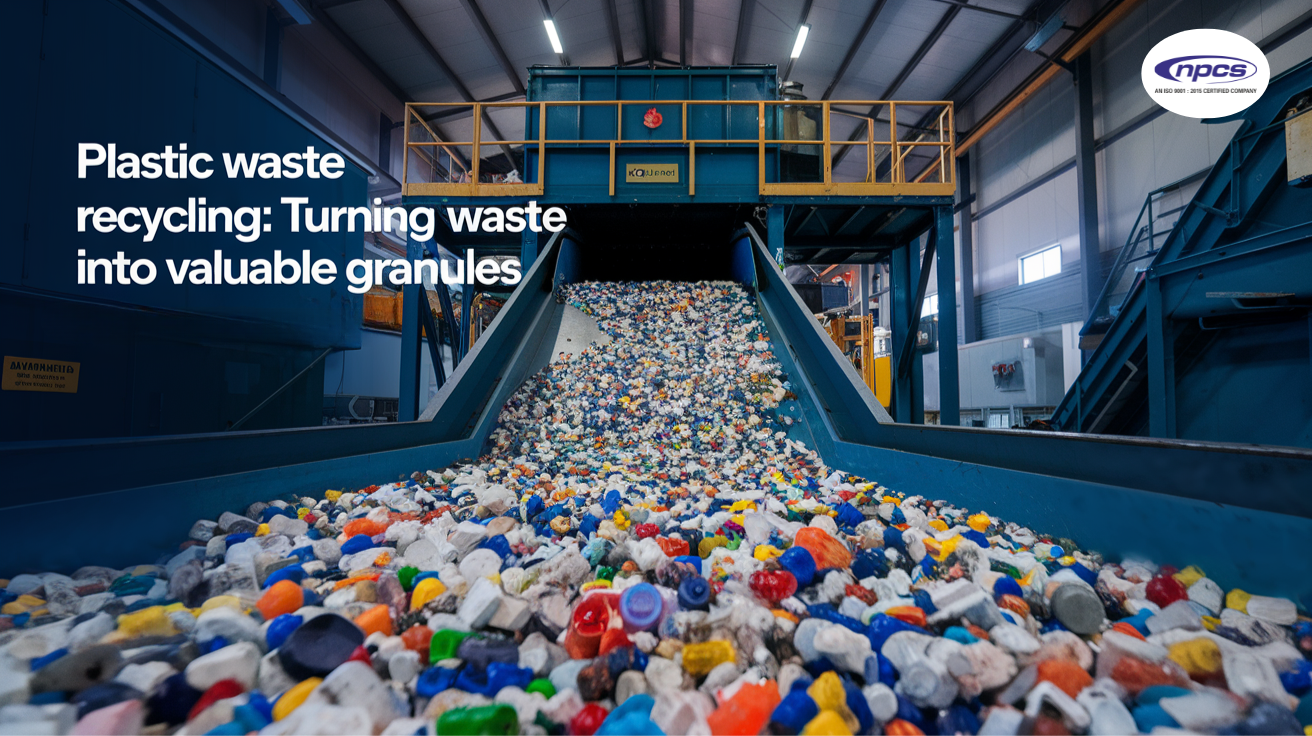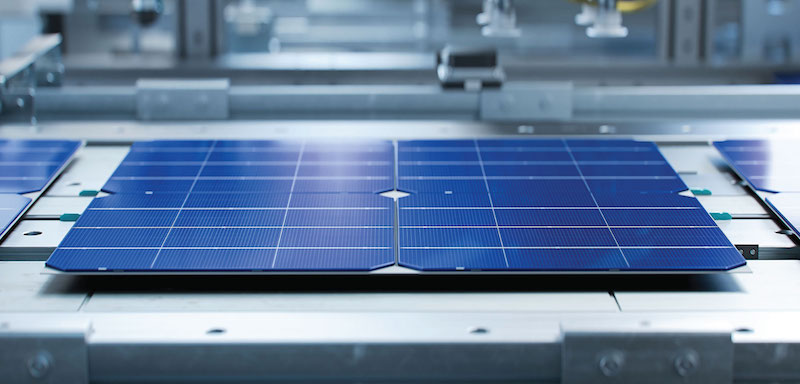Globally, the movement towards sustainability is accelerating. This has changed consumer preferences, manufacturing priorities and government policies. Packaging is one of the industries that has been heavily affected by this change. The world is looking for alternatives to single-use disposable plastics. paper bottles are one of the innovative results of this shift. Paper water bottles are made from recyclable, biodegradable and renewable materials. They represent an eco-friendly packaging breakthrough.
This product category is both environmentally and economically relevant for India. The Indian paper water bottle industry, with its strong availability of raw materials, government incentives for exports, and growing global demand, is well-positioned to be a leader in the sustainable packaging market.
This article examines the paper water bottle market in detail, including its size, exports, manufacturing processes, challenges, and opportunities.
1. Global Shift Toward Sustainable Packaging
Plastic waste is no longer a theoretical problem. According to the World Economic Forum, at current disposal rates, plastic could exceed marine life in 2050. This alarming situation has increased R&D and investments in biodegradable packaging.
The paper bottles are made from molded cardboard shells and biodegradable inner linings, such as PLA or PHA, that come from renewable plant resources. These bottles decompose more naturally than PET plastic bottles and use less fossil fuel in their production.
Some global brands that have recognized this shift are:
- PepsiCo tested paper bottles for Tropicana drinks.
- Coca-Cola launched initiatives for “Paper Bottle Prototypes” in Europe.
- Nestlé is exploring the use of paper packaging in several beverage lines.
This transition opens up a significant export opportunity to countries that can manufacture in large volumes, such as India.
2. Global Market Overview and Growth Outlook
2.1 Worldwide Market Trends
By 2032, the global market for paper bottles is expected to reach USD 15-18 billion at a CAGR of approximately 6-8 %. The demand is driven by:
- Beverage brands seeking sustainable packaging
- Companies that manufacture cosmetics and personal products are adopting eco-conscious branding
- Government regulations limiting single-use plastics
The demand for paper bottles is dominated by beverages, which account for almost 60%.
2.2 India’s Market Advantage
The packaging industry in India is estimated to be worth approximately 75 billion USD and is expected to double by 2030. Incentives for sustainability and initiatives by the Government of India like Startup India and Make in India support investment in this sector.
India also benefits:
- Raw materials are abundant in plant-based (bagasse, bamboo fibers, recycled pulp).
- Cheap, skilled, and semi-skilled workers
- CAPEXIL offers export promotion assistance.
- Rapidly increasing domestic demand for eco-friendly packaging
India is now positioned as a future leader of the global paper bottle supply chain.
Related Article:- Top 20 Paper Manufacturing Business Ideas
3. Export Opportunities and Achievements
3.1 India’s Paper Export Ecosystem
India’s exports of paper and packaging have been steadily increasing over the last decade. CAPEXIL export data 2024 shows:
| Categories | Year 2023-24 Export Value | YoY Growth |
|---|---|---|
| Paper & Paperboard | USD 3.8 Billion | +17% |
| Packaging & Allied Products | USD 5.2 Billion | +15% |
| Sustainability Packaging Materials (including paper bottles) | USD 0.35 Billion | +28% |
| Total Paper Industry Exports | USD 9.35 Billion | +16.5% |
The export growth of 28% in sustainable packaging reflects the global trend towards eco-friendly packaging.
- View our:- Books
3.2 Major export destinations
The following are the key high-value markets:
- United States & Canada
- European Union
- United Kingdom
- Japan and Australia
- UAE & Saudi Arabia
Due to its competitive pricing and high quality fiber sources, foreign buyers prefer Indian sustainable packaging.
3.3 Government Subsidies & Incentives
Manufacturers can benefit:
- CAPEXIL Trade facilitation
- ZED Certification (Zero Defect, Zero Effect manufacturing)
- R&D Support for Biodegradable Material Innovation
- Capital subsidies and tax incentives under MSME policies
- ESG-linked financing and green industry funding
4. Manufacturing Process Overview
Raw Materials
- Outer shell: Recycled fiber, bamboo fiber or bagasse
- Inner Lining : Biodegradable PLA/PHA polymer
- Adhesives and Printing: Food-safe, water-based inks
- Caps: Compostable or bioplastic cellulose-based caps
4.2 Production steps
- Pulp preparation: Fibers become slurry.
- Molding Pulp can be shaped by vacuum and thermal forming.
- Drying: The shells are dried in controlled dryers.
- Coating : Bottles have a biodegradable, waterproof coating.
- Branding: Eco-solvent printing ensures safe labeling.
- Final Assembly Caps on bottles, ready for shipment
4.3 Machine Requirements
- Pulp Beater & Blender
- Thermoforming Machine for Bottles
- Coating & Lamination Unit
- Drying Chamber
- Printing & Finishing Line
- Bottle Assembly & Capping Unit
4.4 Investment and Profitability
The following is typical of a mid-scale unit that produces 10,000-15,000 bottles/day:
- Capital investment: Rs 2-3 crore
- Payback period: 2 to 3 years
- Demand sectors: Hotel, beverage companies, events, FMCG brands
View our:- Project Reports
5. Market Forecast 2025-2030

India’s export growth is expected to surpass 22% and outpace global growth.
6. Challenges and Industry considerations
| Challenge | Notes |
|---|---|
| Waterproofing Efficiency | R&D efforts are focused on reducing reliance on PLA linings |
| Price Competitiveness | PET is currently costlier by 20-30%. |
| Machine Availability | Limited domestic machine suppliers |
| Requirements for Certification | Food contact standards must comply with FSSAI BIS ISO |
| Collection & Recycling Systems | We need more composting and recycling networks |
These challenges are being addressed by government-backed R&D groups.
7. Business Opportunities for Entrepreneurs
- Private Label & OEM Manufacturing
- Units of Manufacturing Focused on Export
- Contracts With Beverage, Ayurveda & Skincare Brands
- Hotel, Airline and Tourist Industry Supply
- Technology Licensing Models
This segment is suited for small and medium-sized enterprises.
8. Environmental & Economic Impact
Environmental Benefits
- Compostable and recyclable
- Renewable biomass
- Carbon footprint reduced by as much as 70%
Economic Benefits
- Global sustainability is a growing demand
- Rural and Industrial Supply Chains Create Jobs
- Eligibility of green investments and ESG-linked finance
Check out our:- YouTube Channel
Conclusion
Paper water bottles are not just a packaging trend. They are a part of the global movement towards sustainable consumption. India is poised to be a leader in sustainable packaging exports, thanks to a growing ecoconscious consumer base and government incentives.
Entrepreneurs have a clear opportunity: Businesses that invest today will not only benefit financially, but also play an important role in the restoration of the environment and global sustainability leadership.
How NPCS Can Help You
NPCS (Niir Project Consultancy Services) provides end-to-end support for entrepreneurs, including:
- Detailed Project Reports (DPR).
- Financial modeling & ROI analysis.
- Plant layout & machinery selection.
- Vendor & buyer connect.
- Licensing & compliance guidance.
With expert support, your chances of success in this high-growth sector increase significantly.
Niir Project Consultancy Services
106-E, Kamla Nagar, Opp. Mall ST,
New Delhi-110007, India.
Email: info@entrepreneurindia.co
Mobile: +91-9097075054
Website:https://www.entrepreneurindia.co
